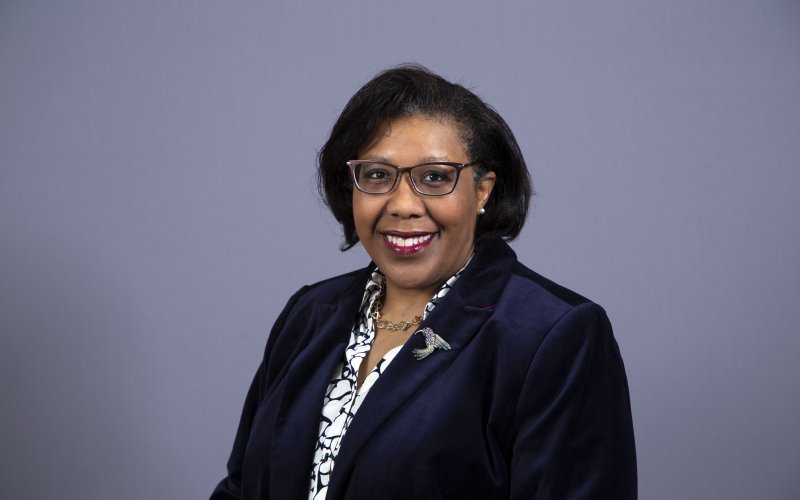Covid-19 Research: Messaging from the Church

ALBANY, N.Y. (October 4, 2021) - When New York shut down in March 2020, Julia Hastings (Associate Professor of Health Policy, Management and Behavior) was teaching Poverty, Behavioral Health, and Health Policy — and quickly had to adapt to the challenges emerging from responses to the pandemic.
“At the time, health policy wasn’t given importance by the federal administration,” Hastings explains. “It became very clear that the class I was teaching was increasingly relevant for our students. I felt the weight. Our students were going to graduate without a roadmap for health intervention. There was no textbook I could recommend to help guide them through a pandemic in the 21st century. Local and State responses were swift, rapidly emerging, and— being honest— it was a bit emotionally exhausting.”
While preparing her students and transitioning to online teaching, Hastings added an additional research project to her plate: examining Covid-19 and the Black church.
“The research was uniquely important to me because I study health care disparities among Black populations and I am a Black woman. Early New York epidemiological data revealed important differences in disease risk and high mortality rates for Blacks. While health disparities by race and ethnicity is not a new avenue for research, the reported Covid-19 fatality data made health disparities impossible to ignore. New York Blacks were dying from Covid-19 at a higher rate (18%, despite comprising only 9% of the population). When thinking about the level of anxiety about the rapid spread of disease, focusing a study on the Black Church made perfect sense. The Black Church is a safe space; one that is trusted, a stable presence, and can provide needed information,” Hastings explains. “Given the responses to the pandemic, this safe space— the community support freely given— was taken away.”
Services were stopped. Weddings were cancelled. Funerals were postponed. Youth groups were no longer meeting. Churches had to find alternate ways to connect their members, and that was if they were able to survive at all.
“We witnessed a complete and abrupt stop to many cultural practices that provide social interaction,” Hastings says. “This was an adjustment for all of us, and we wanted to understand how churches would pivot in service to the community.”
Hastings and her colleagues looked at what churches in the Capital Region and in Brooklyn, New York were doing to spread public health messaging. They analyzed the churches’ websites and social media pages, then revisited the work in February 2021, and are now in the process of discussing the observations with the pastors to learn how the messaging had changed. The team continues to analyze the data.
A preliminary glance shows that churches in the Capital Region and in Brooklyn had similar messaging of hope and life-saving health behaviors, despite the difference in location. The main difference was the death announcements; the lists churches shared of those who had lost their lives were much longer in Brooklyn due to more coronavirus cases.
Overall, Hastings says the work focuses on understanding people and their needs.
“In times of fear, in times of anxiety, in times of loss—there’s a commonality in all of us. Some sense of spirituality anchors us, and this project really looks at trying to understand how people situate themselves in this new world.”
Note: This article is from our School's Summer 2021 Magazine. We invite you to read the full magazine today.


